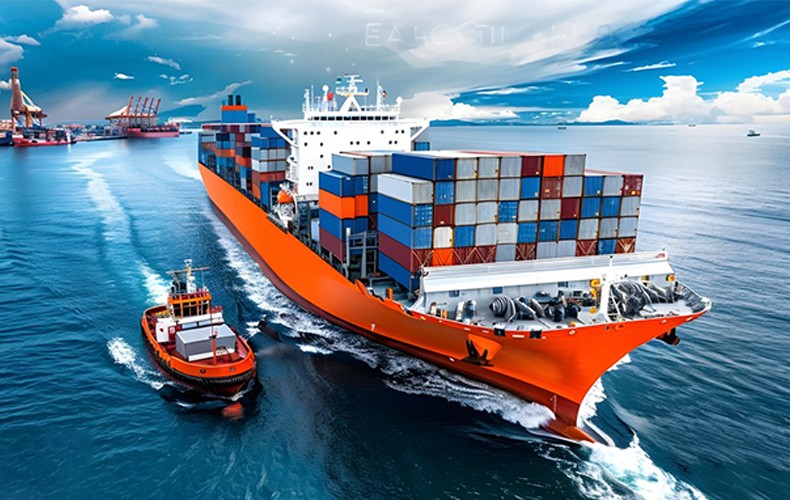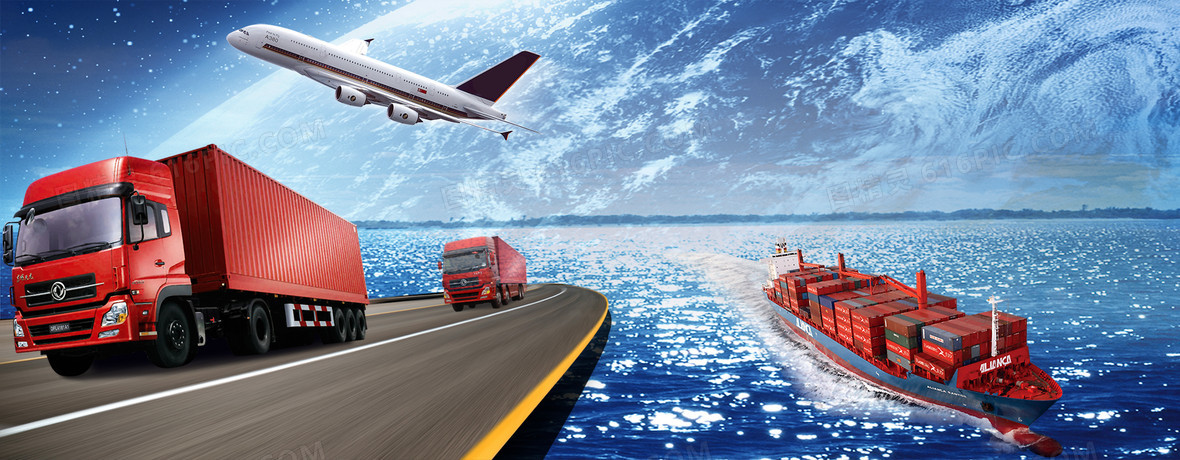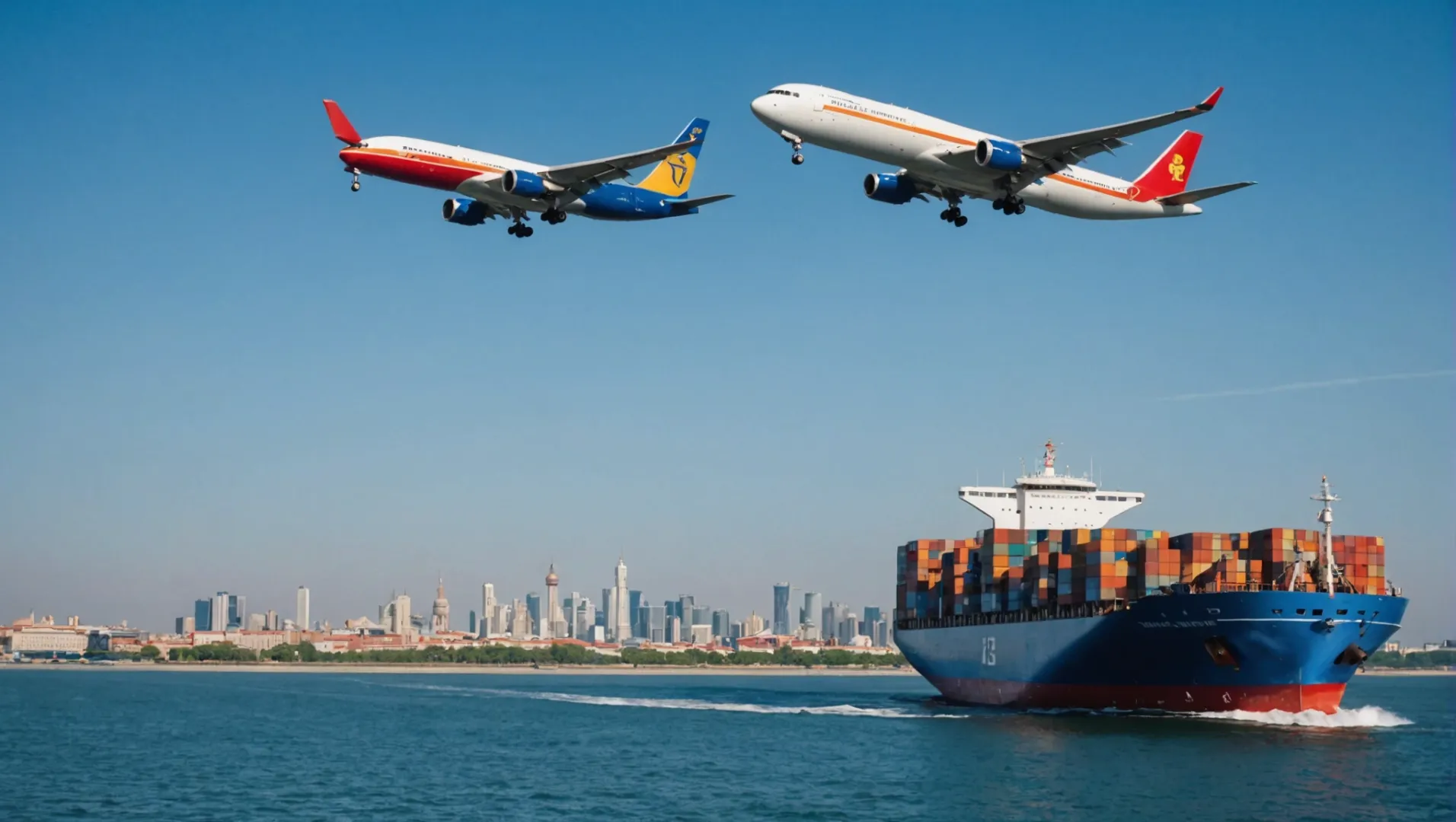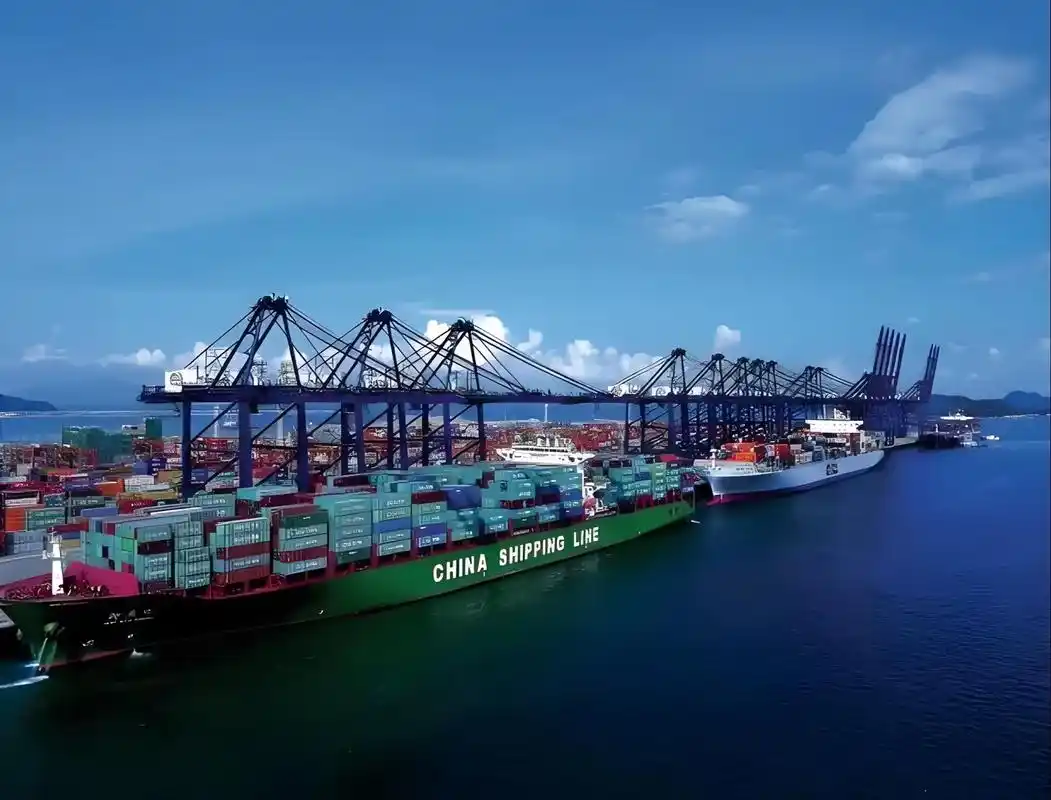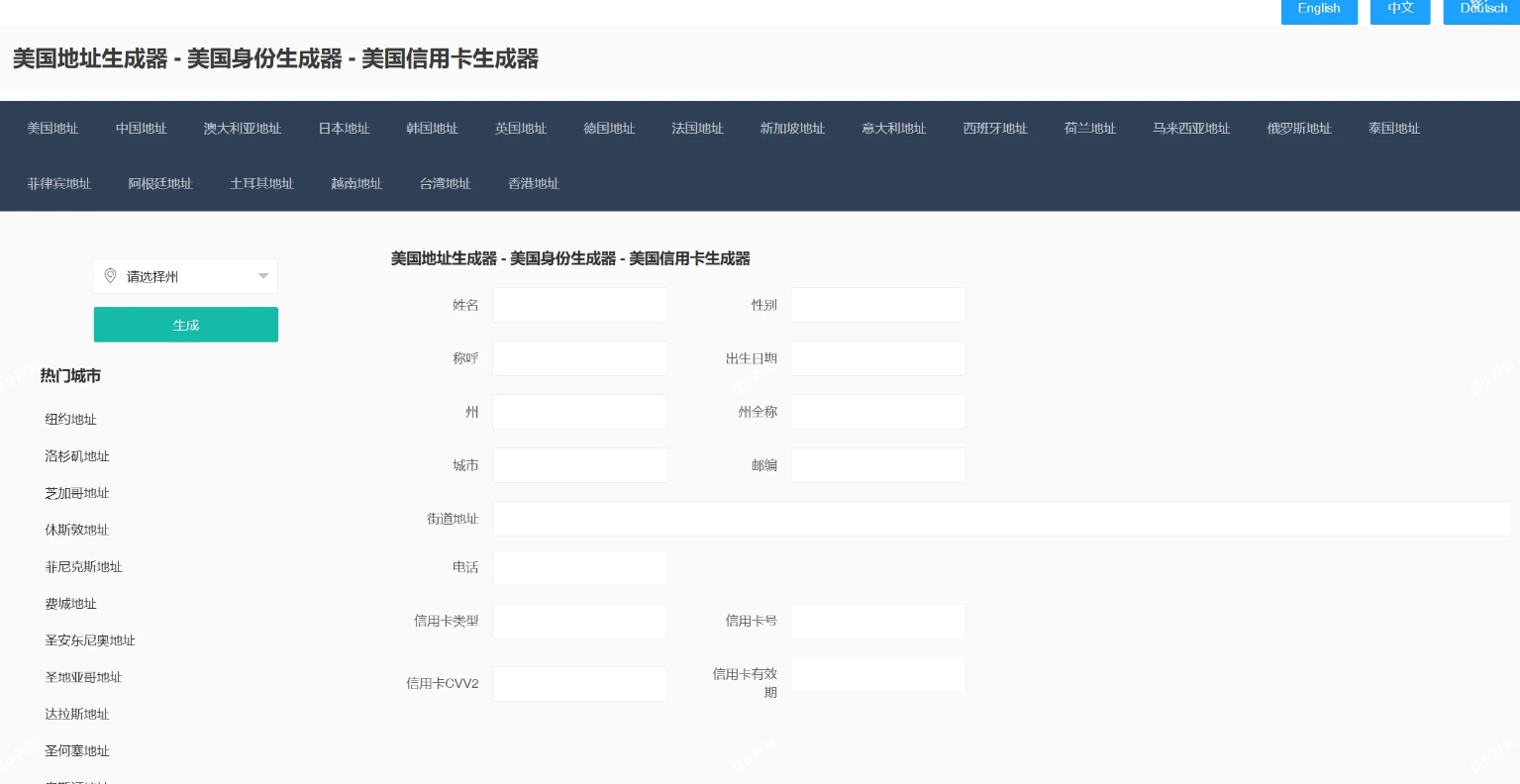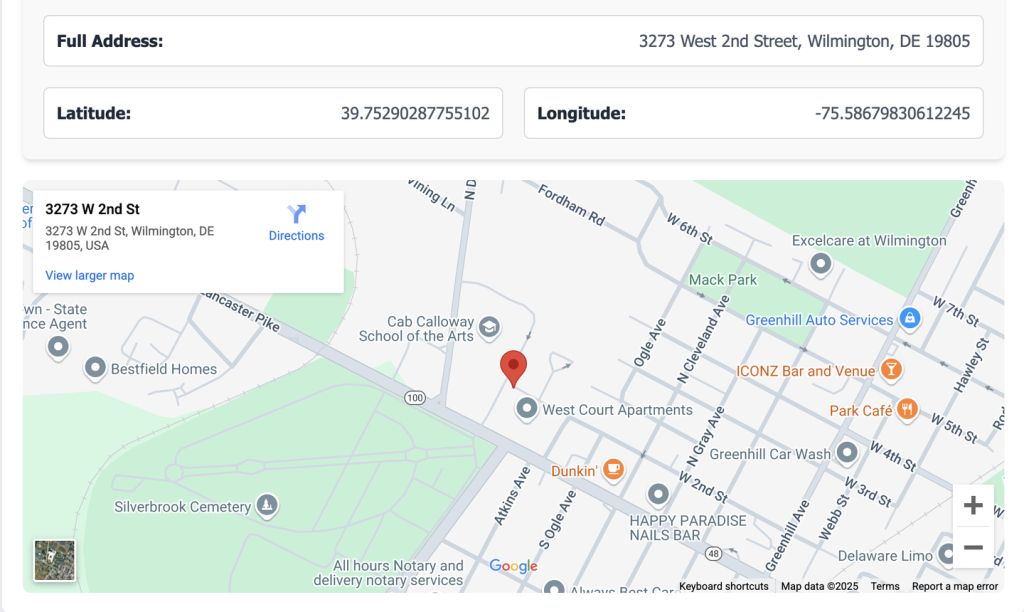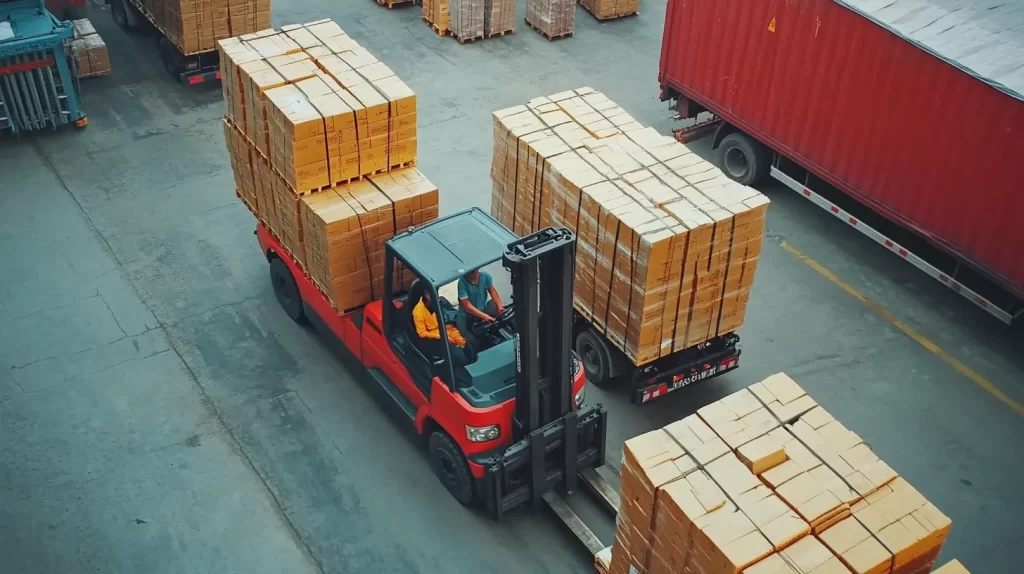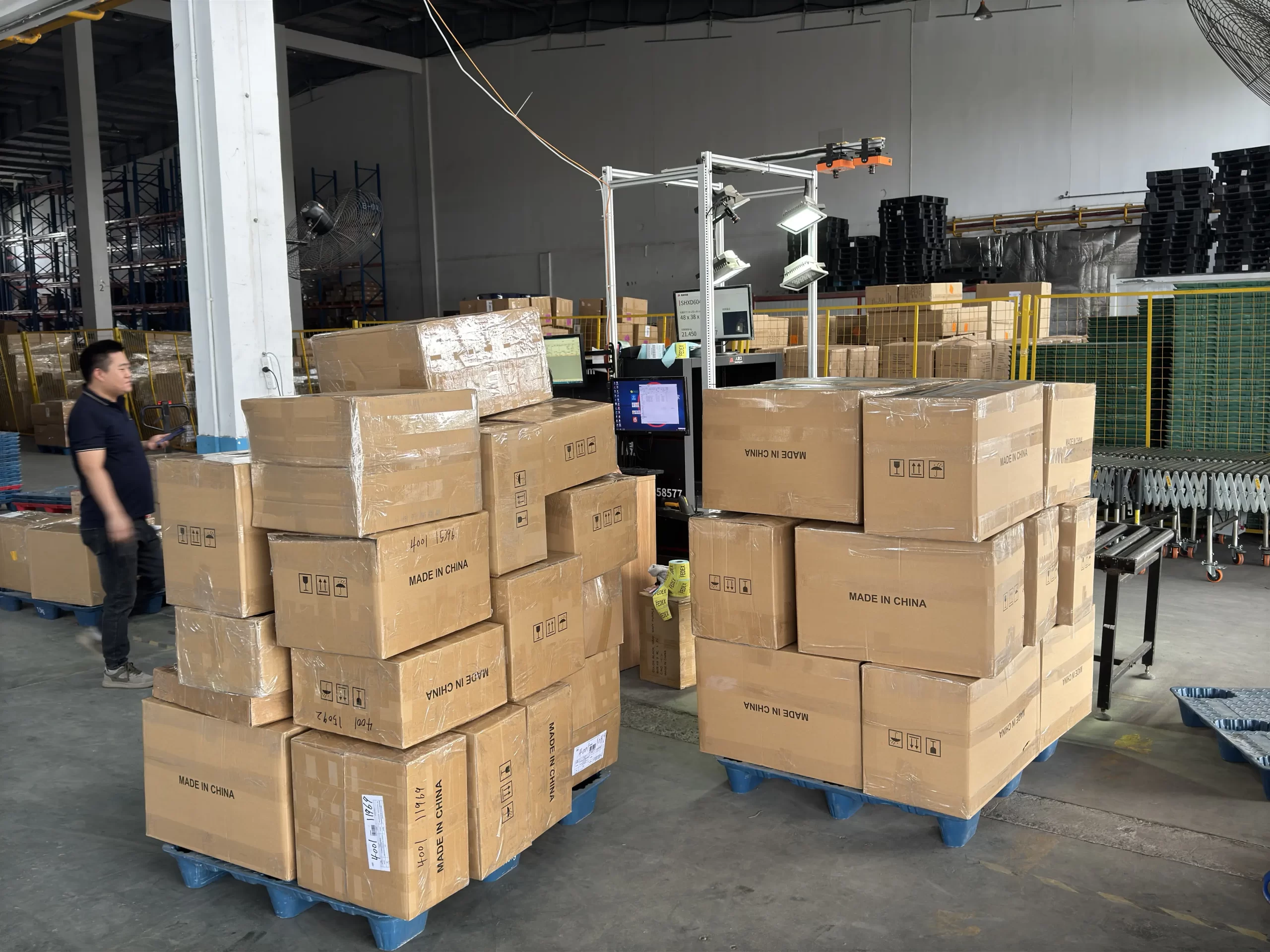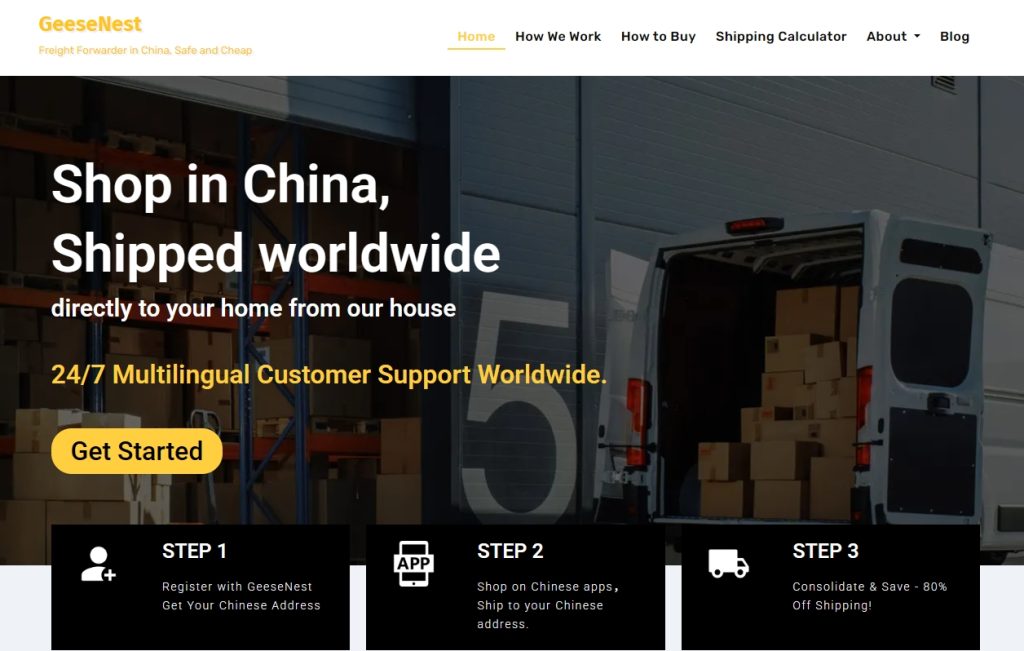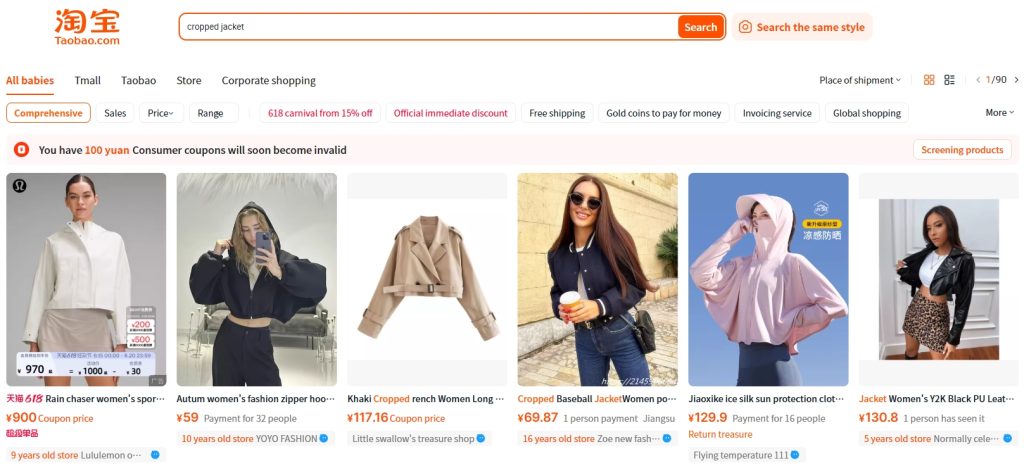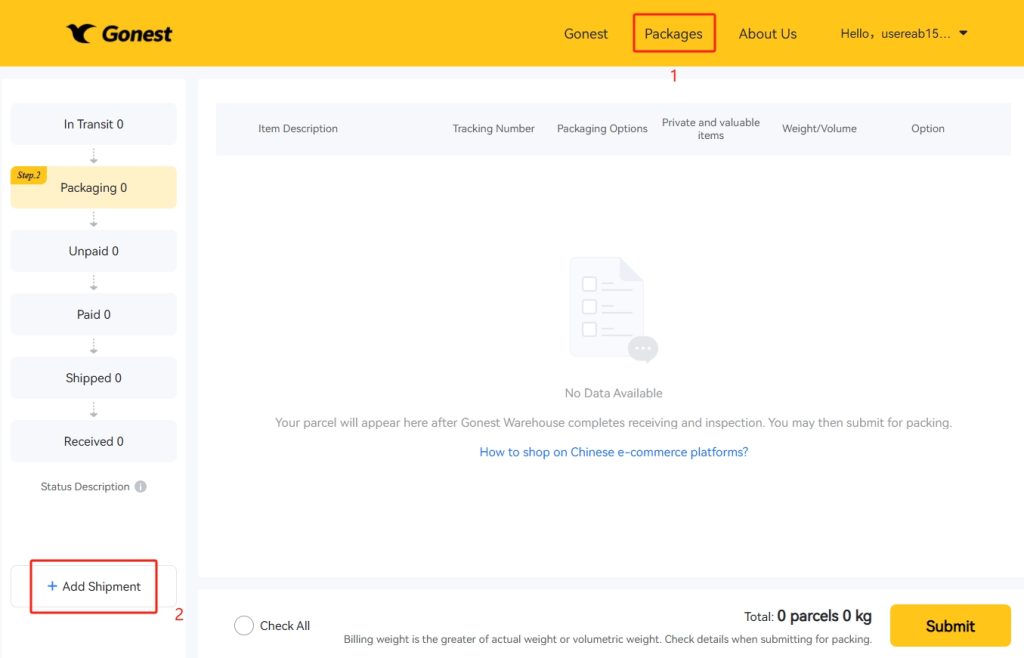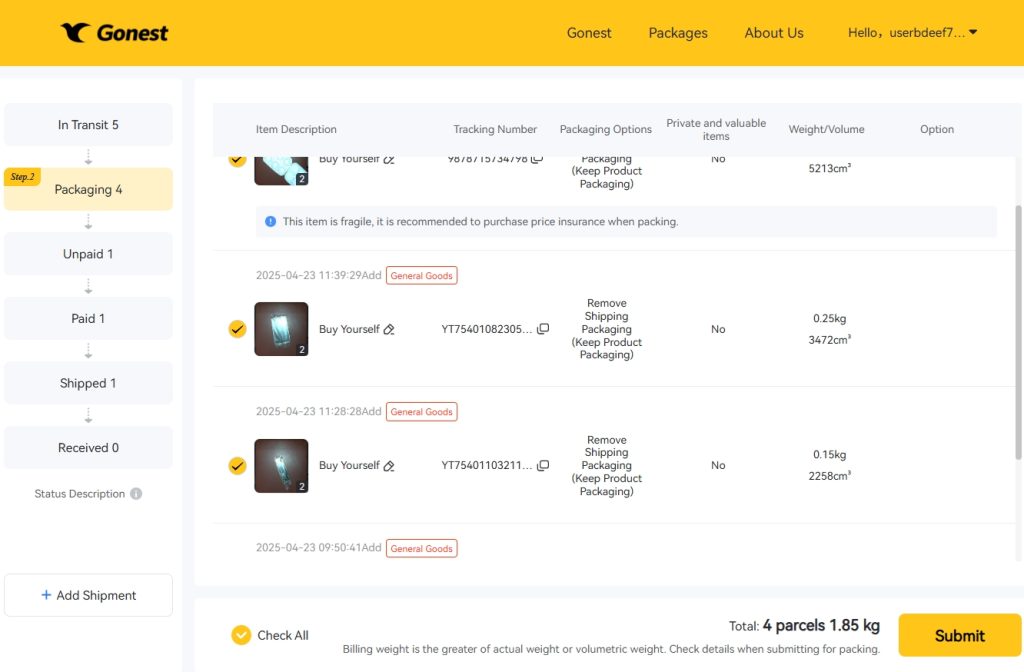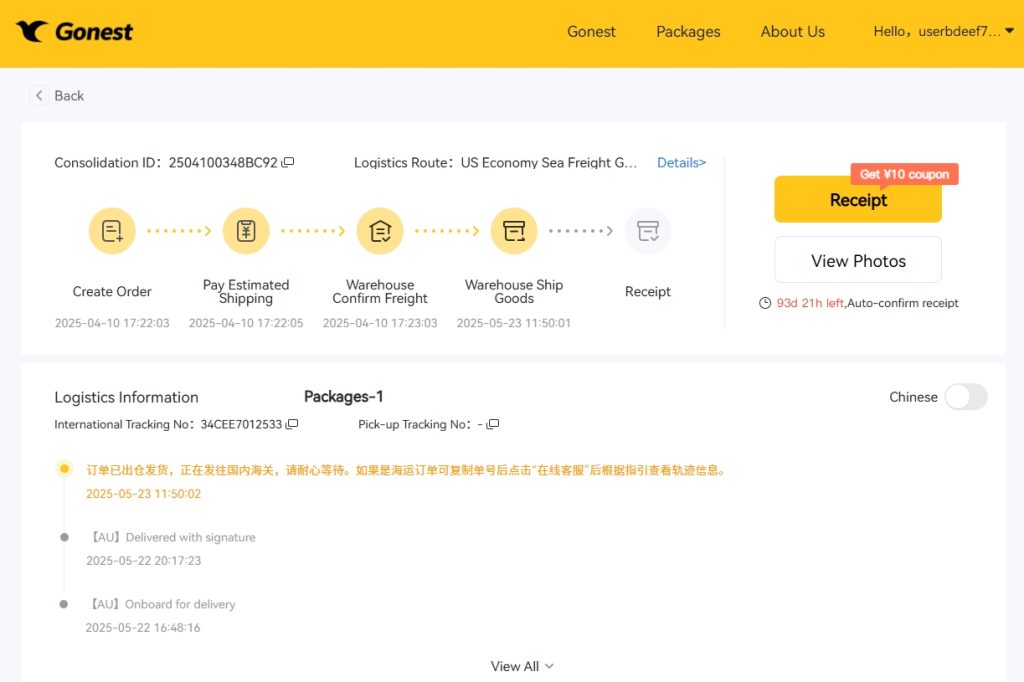How to Clear Customs in Houston for China Imports
Looking to ship your goods to Houston, Texas seamlessly? As one of the busiest ports in the United States, Houston’s customs clearance process is crucial for the timely arrival of your cargo. This guide provides a detailed walkthrough of Houston’s customs procedures, covering necessary documents, key considerations, and often-overlooked details. We’ll help you navigate the complexities of customs clearance, avoiding unnecessary delays and expenses, especially concerning US import tax and goods shipped from China to the US.
Houston: A Major Hub for US Import Tax and Goods Shipped from China to the US
Houston, the fourth-largest city in the US and the largest economic center on the Gulf Coast, is also the sixth-largest port in the world. Connected to 250 ports in 113 countries and regions, it primarily handles petrochemicals, agricultural products, and industrial machinery. Shipping from China to Houston can be direct, taking approximately 26-29 days, or via transshipment through ports like Freeport, extending the transit time to 52-56 days. Understanding the US import tax implications and the customs process is crucial regardless of your chosen shipping method.
Essential Documents for Importing to Houston and Managing US Import Tax
Here are the essential documents required for shipping to Houston:
- Bill of Lading (B/L): Proof of ownership and the most critical document for customs clearance.
- Commercial Invoice: Details the goods’ description, value, quantity, and is vital for assessing US import tax from China.
- Packing List: Itemizes the contents of each package for customs inspection.
- Arrival Notice: Informs the consignee of the cargo’s arrival at the port.
- Fumigation Certificate or Non-Wood Packing Statement: Required depending on the packaging materials used. A Fumigation Certificate is necessary for wooden packaging, while a Non-Wood Packing Statement is required if no wood is used.
Consistency is Key for Smooth Customs Clearance and US Import Tax Calculation
Critically, the consignee information on the Bill of Lading must match the information on other documents (invoice, packing list, arrival notice). Discrepancies require a Letter of Transfer from the B/L consignee for a third party to clear customs. The invoice and packing list must include the complete names, addresses, and phone numbers of both the shipper and consignee. Missing information can cause delays in clearance and impact US import tax assessments, so meticulous checking is essential.
Special Considerations for US Customs and US Import Tax from China
Two crucial aspects of US Customs clearance, especially for shipments from China subject to US import tax, are:
- Tax ID/IRS No.: The US consignee’s Tax ID (also known as IRS No.) is mandatory for clearance, regardless of the method used. This is the consignee’s tax identification number registered with the IRS. Clearance is impossible without it.
- Bond: A customs bond is also required for clearance in the US. It guarantees the importer fulfills obligations like paying duties and taxes related to US import tax.
FDA Regulations: Crucial for Specific Products Shipped from China to the US
The FDA (Food and Drug Administration) regulates the safety of food, cosmetics, drugs, biologics, medical devices, and radiation-emitting products. Many products that come into contact with the human body, such as sunglasses, lunch boxes, first-aid kits, and ceramics, are subject to FDA regulations. Some products require an FDA number or certificate for clearance. If your goods fall under FDA jurisdiction, ensure compliance with FDA regulations and obtain necessary certifications to avoid issues with US import tax and customs clearance.
“Made in China” Labels: A Small Detail with Big Implications for US Import Tax
US Customs regulations mandate that all goods exported from China bear a “Made in China” label on the product and outer packaging. Non-compliance may result in on-site labeling, incurring significant costs and delaying warehousing. This is especially relevant when considering US import tax from China.
GET IN TOUCH
Let us Send You a Quote
Anti-Dumping Measures: A Concern for Certain Goods Shipped from China to the US
Some Chinese goods exported to the US, such as stainless steel sinks, steel pipes, and engineered wood flooring, may be subject to anti-dumping duties. If your goods fall into this category, familiarize yourself with the regulations and prepare accordingly. This can significantly impact your US import tax.
Conclusion: Preparation is Key for Smooth Customs Clearance and Managing US Import Tax
Clearing customs in Houston might seem daunting, but thorough preparation, understanding the regulations, and meticulously checking all documentation can prevent unnecessary complications. This guide aims to facilitate a smooth customs process for your goods, ensuring their safe and timely arrival. Remember, a professional customs broker can provide expert assistance and streamline the process, particularly concerning complex US import tax regulations for goods shipped from China to the US.


